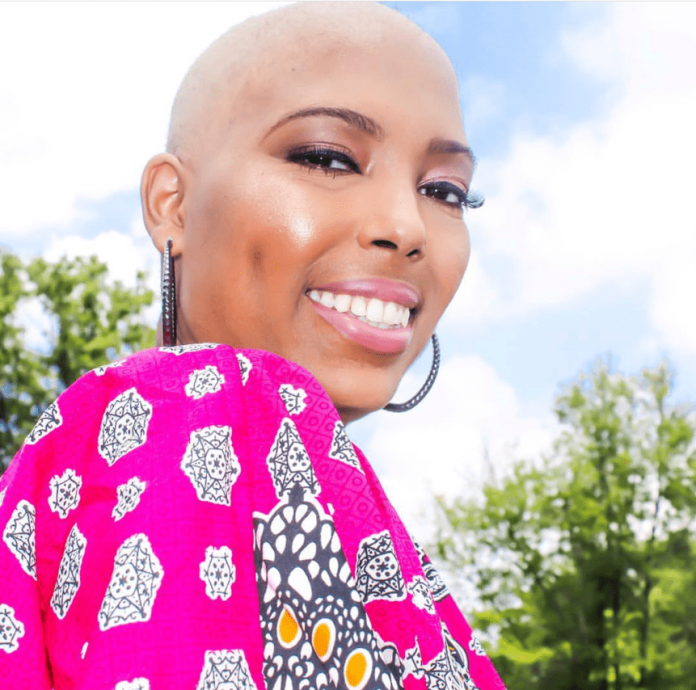Amber was your typical 25-year old trying to make her way in the world. She left her Atlanta home for Los Angeles to pursue her dream to be an actress. She was thriving in LA, building her Instagram following and building a life for herself. This was halted when she was diagnosed with Stage 3 Triple Negative Breast Cancer in July 2015. She moved back home to Atlanta to be with her mom and fought like a girl until her death in January 2017. We wonder how early detection would have changed her outcome?
According to the CDC, African American women under the age of 35 have breast cancer rates that are two times higher than Caucasian women of the same age. Furthermore, young African American women are three times as likely to die from breast cancer as Caucasian women of the same age.
Why are these younger Black women dying? It’s primarily because they face more aggressive breast cancers (like Triple Negative Breast Cancer) and are diagnosed at more advanced stages. And, young African American women often lack awareness that they are at risk for breast cancer. In fact, approximately 40% of young women with breast cancer had no idea a young woman could get breast cancer prior to their own diagnosis. Unfortunately, cultural barriers like fear and stigma associated with illness and poverty deter African American women from getting breast cancer screenings, which results in a late stage diagnosis.
Three factors make women under the age 45 have a higher risk for breast cancer:
- A close relative (parent, sibling or child) was diagnosed with breast or ovarian cancer at an age younger than 45.
- They have other breast health problems or were treated with radiation therapy to the breast or chest during childhood or early adulthood.
- They have the breast cancer genes (BRCA1 and BRCA2), or have close relatives with it.
Since there is no effective method of screening for young women, it is imperative that young African American women become familiar with how their breasts normally look and feel, and learn the signs of abnormal breasts. Since they are not getting mammograms at that age, 80% of young women ultimately diagnosed with breast cancer find their breast abnormality themselves and the earlier the abnormality is found, the greater the survival rate.
Young African American women need to feel comfortable and even encouraged to talk about their bodies. They must be able to recognize the signs of abnormal breast health and quickly consult a doctor to assess any symptoms. These symptoms include: change in shape or size of the breast, pain in the breast, and a liquid discharge other than breast milk. Women who are at higher risk for breast cancer at a young age should consult their doctor to learn more about how to manage their risk.
Additionally, young women are often at a transitional time of their lives and face unique challenges with breast cancer. These include the possibility of early menopause and fertility caused by chemotherapy, the emotional distress around body image and sexuality, and the possible impact on employment and financial stability. They also may have young children or even be pregnant when diagnosed.
African American women need to establish a monthly regimen of breast self-exams once they become sexually active. Becoming familiar with their breasts will give them a solid baseline for identifying any abnormalities.
Early detection is our only saving grace. Stages 1 and 2 breast cancer are now viewed by physicians as curable. And reconstructive plastic surgery provides for many appealing options for recovery of breast look and feel. Let’s teach our daughters when they are young and set them on a path to good breast health. Waiting until age 40 to get a breast exam and mammogram just puts Black women at unnecessary risk!






